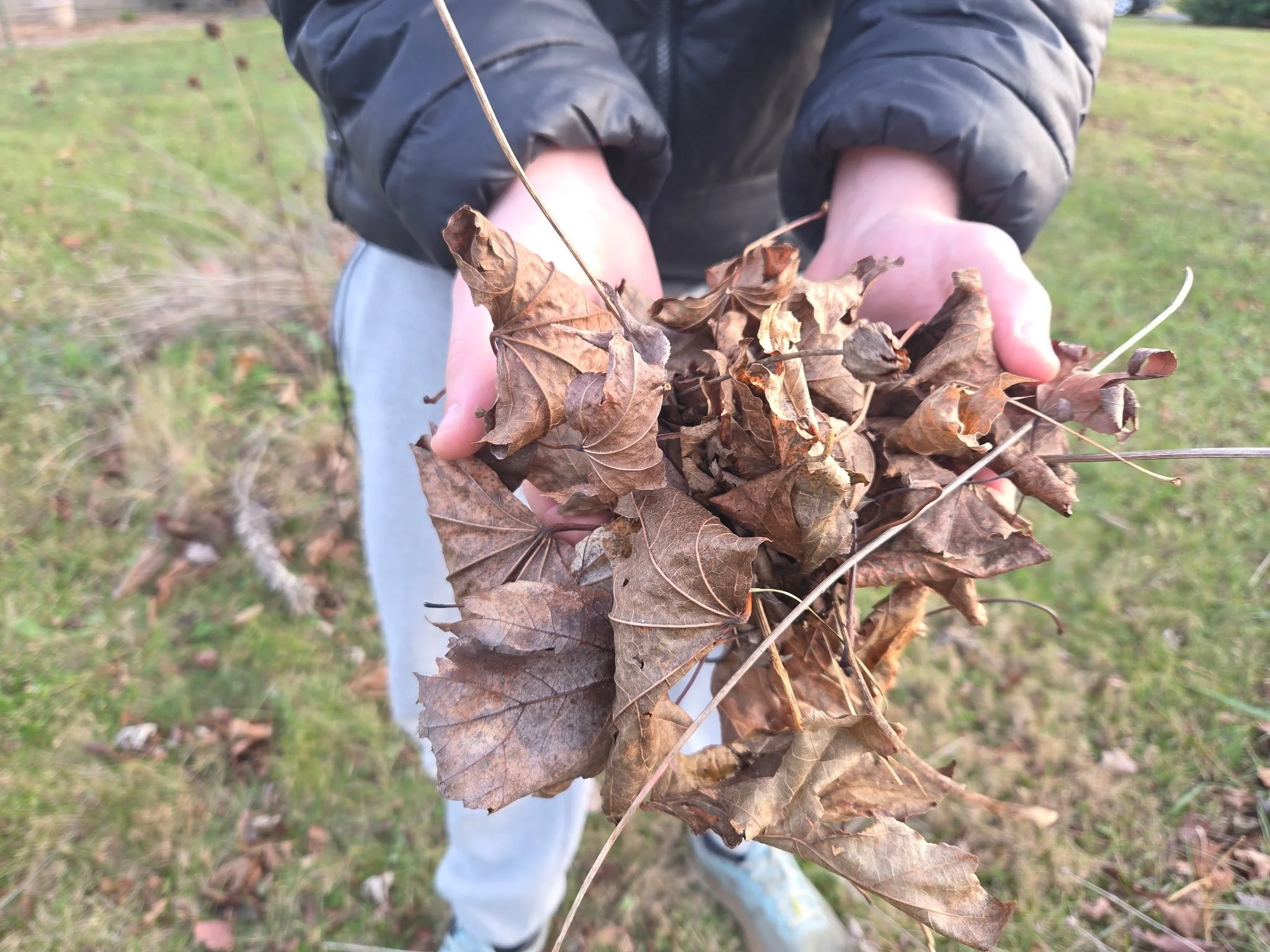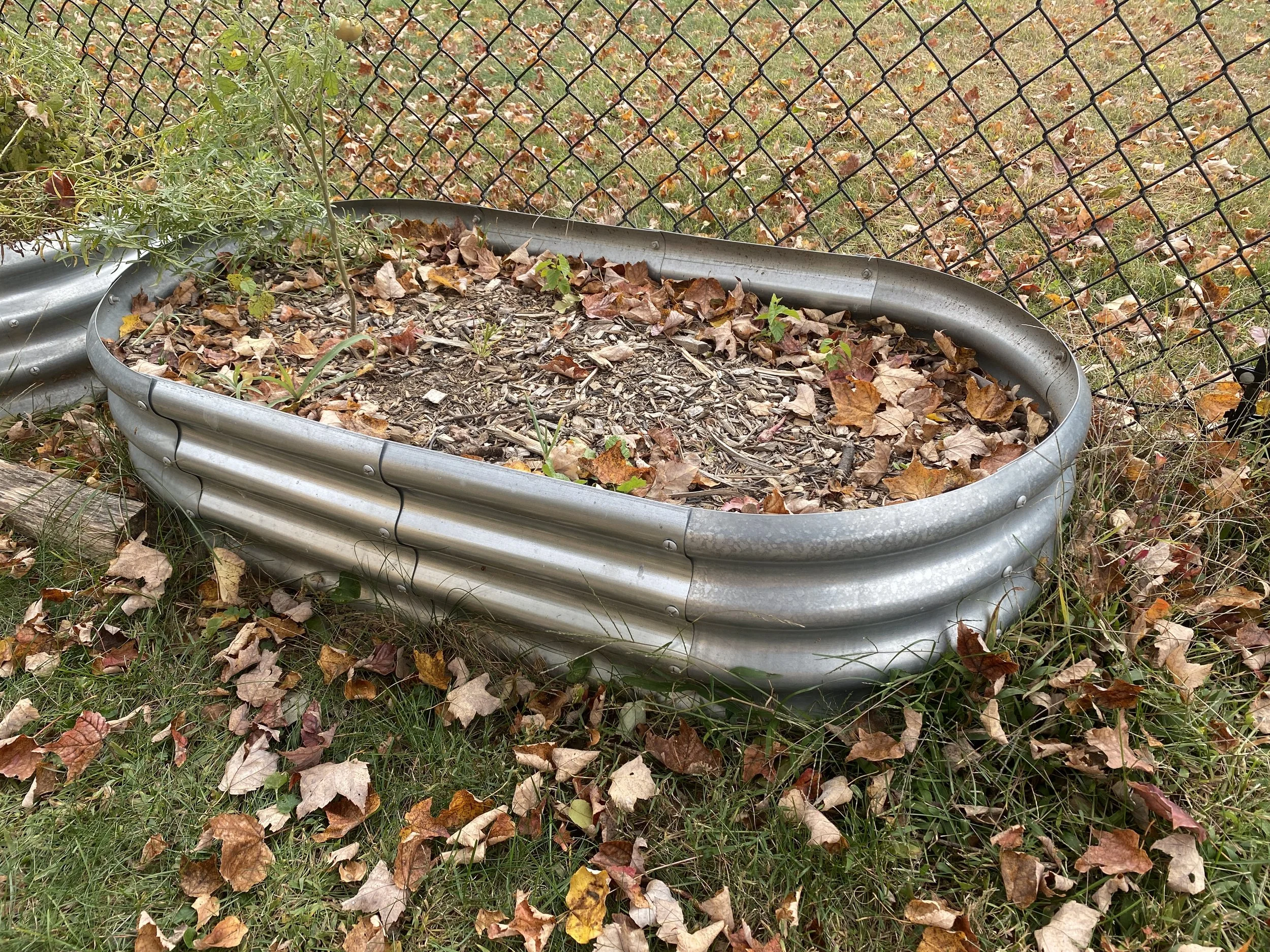How to Water Your Garden: 4 Methods That Work (And When to Use Them)
Watering your plants is one of the most crucial parts to having a successful garden. Proper watering leads to healthier plants, less water waste, and more consistent harvests. The amount of water each plant should get depends on a variety of factors, like what the plant is, what it’s planted in, and the soil quality. In this post, we go over the 4 methods that we use most in our own garden. We’ll give you details on how to use these methods, the pros and cons, and where it makes sense to use each one.
Disclosure: This post contains affiliate links. As an Amazon Associate, I earn from qualifying purchases.
Method #1: Hand Watering
Pros: Cost effective, minimal to no setup
Cons: Time consuming, requires knowledge of each plant’s water tolerance
Best for: Small gardens, containers, seedlings, infrequent spot watering
Hand watering is one of the simplest, most cost effective ways you can water your garden. You can use a hose or watering can to water most outdoor vegetable and flower plants daily. While this is a great way to give each of your plants the individual care that they would thrive on, it can be time consuming, even for smaller gardens. This is always dependent on the gardener of course. Some gardeners love to spend time watering and tending to their plants daily. Some gardeners may not have the time to tend to them daily, which is where the other watering methods come in.
Method #2: Watering Globes
Pros: Easy to use, variety of designs, reusable
Cons: Not ideal for in ground or large gardens, may clog with dirt, requires frequent filling
Best for: Small containers, short duration watering
Watering globes are a popular choice for those looking to add more color to their garden. We were using watering globes for some of our houseplants before we began outdoor gardening. We find them extremely helpful for small container plants, like herbs, or for watering the garden for a few days while we’re out of town. You can find watering globes in a variety of colors at most garden stores (or check your local thrift stores for some). Fill them with tap water or rain water and put them in any container or garden bed. They will slowly release the water as the soil dries out.
These large watering globes (affiliate link) come in a variety of colors and keep our plants watered for 2-3 days.
Method #3: Terracotta spikes and glass bottles
Pros: Low maintenance, affordable, reusable, easy to setup
Cons: Not ideal for in ground or large gardens, require refilling every few days
Best for: Containers, vacation watering
This is one of our favorite ways to keep large container plants watered or as a back-up when we go out of town. The terracotta spikes are put into the soil a few inches from your plant. A glass bottle fits upside down into the spike, which allows the water to soak through the terracotta as the soil dries out. We initially used this option for a garden bed without a hose near it. We repurposed glass bottles from friends and it’s given us a perfect watering option for our container plants each year. They keep pots watered for 2-5 days before they need to be refilled. Just keep an eye on your glass bottles for any algae that forms or slugs that may get into them.
These terracotta watering spikes (affiliate link) have lasted us for years and keep our potted plants watered for 3-5 days.
Method #4: Drip Irrigation
Pros: Consistent, water efficient, can be automated
Cons: Requires setup, initial cost
Best for: Large gardens, raised beds, water conscious gardeners
Drip irrigation is by far our favorite way to water the garden. The system waters through drip lines, which have emitters every few inches that drip out water for a specified amount of time. Our main garden beds are watered with drip irrigation twice a day without us needing to do anything besides the initial setup. We re-use our system each year and set it up just after our last average frost. We’re able to customize the drip lines to fit our needs every year, even as our garden space changes. We can also measure exactly how much water is used by the system, which is great since we pay for our water.
This Dripworks irrigation kit (affiliate link) is easy to setup and reuse. Pair it with this smart watering timer (affiliate link) to automate your watering process.
Bonus tips
Rain water collection
Rain water collection is a great way to save money and give your plants a good water source, since rainwater is the best kind of water they can get. We converted some used food grade barrels into rain water collection barrels and use the water for any of our plants that are hand watered. It’s also great for filling up watering globes or glass bottles for terracotta spikes.
If you’re converting a barrel into a rainwater collection bin, use this rain barrel spigot kit (affiliate link).
Mulch
Woodchips or straw are a perfect topper for almost any garden space. It retains moisture and can help your soil not dry out as quickly. We use woodchips on all of our raised garden beds, containers, and in ground beds because they ensure even water distribution among all the plants. Mulch is useful regardless of the watering method that you use.
Native plants
Plants that are native to your specific region and zone will more easily thrive in your garden space and some will even require less water to survive. Native plants are a great addition to any garden space and often provide beautiful, sometimes edible, harvests.










